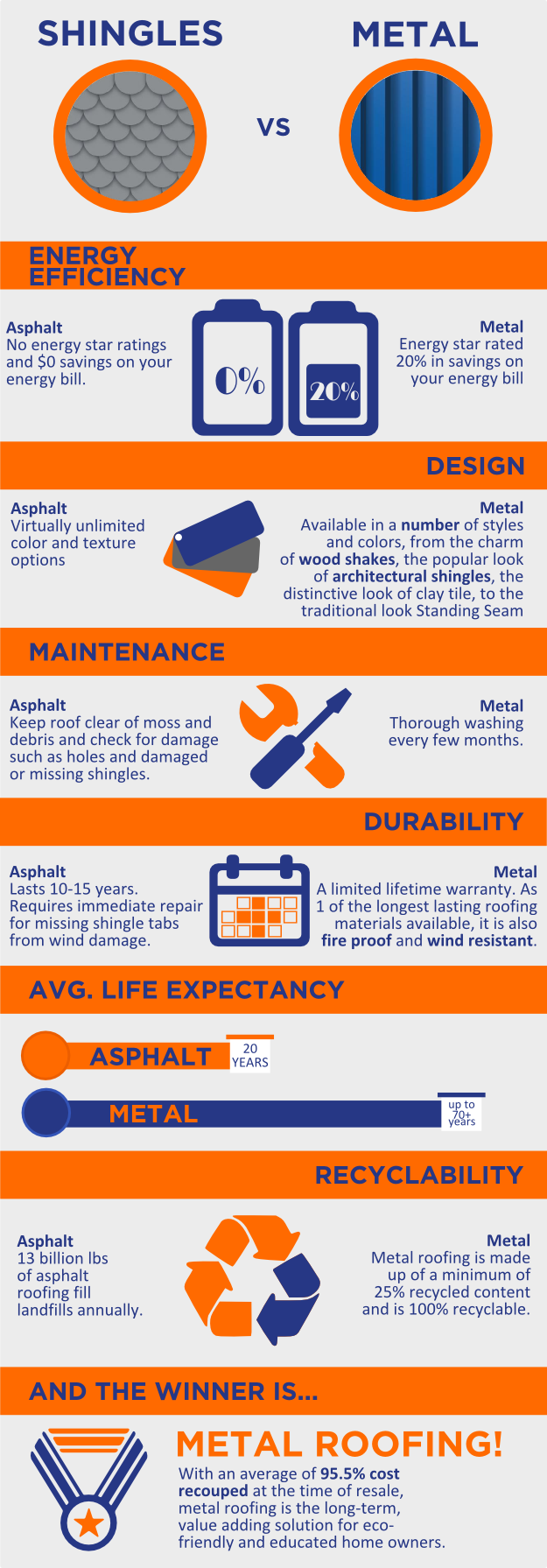The Effect Of Roofing Ventilation On The Success Of Installment Jobs
The Effect Of Roofing Ventilation On The Success Of Installment Jobs
Blog Article
Post Author-Lassiter Manning
When you're dealing with a roofing job, you may not believe much about roofing ventilation, but it's more vital than you recognize. Effective air flow aids manage temperature and moisture in your attic, stopping troubles like mold and structural damage. By relevant website how to create and set up a well balanced ventilation system, you can boost energy efficiency and prolong the lifespan of your roof covering materials. So, what are the vital factors to take into consideration throughout setup that can make all the distinction?
Importance of Roof Covering Air Flow
Roofing system ventilation plays a crucial function in maintaining the overall health and wellness of your home. By permitting fresh air to distribute through your attic room, it aids control temperature and dampness degrees. This balance is important to avoid heat build-up during warm months, which can bring about raised energy prices as your a/c burns the midnight oil.
Moreover, proper air flow substantially minimizes the danger of moisture-related concerns like mold and mildew. If humidity levels increase, your home's structural stability can be jeopardized, bring about pricey repair services. You would not wish to take care of deteriorating wood or deformed roofing materials, right?
Furthermore, appropriate air flow expands the life-span of your roof. When warm and wetness are kept in check, your roofing system can perform optimally, stopping early damage. This means less frustrations and expenses down the line.
Just How Roof Covering Ventilation Functions
Efficient roof covering ventilation counts on the all-natural movement of air to develop a balance in between intake and exhaust. When you install vents, you're essentially permitting fresh air to enter your attic while enabling warm, stagnant air to run away. This procedure aids control temperature level and moisture levels, avoiding issues like mold growth and roofing system damages.
Intake vents, usually located at the eaves, pull in trendy air from outdoors. At the same time, exhaust vents, located near the ridge of the roof covering, allow hot air increase and departure. The distinction in temperature creates an all-natural air movement, called the pile impact. As warm air increases, it creates a vacuum cleaner that draws in cooler air from the lower vents.
To maximize this system, you require to ensure that the intake and exhaust vents are correctly sized and placed. If the consumption is restricted, you won't accomplish the desired air flow.
Also, insufficient exhaust can catch warmth and moisture, leading to potential damage.
Secret Installment Considerations
When installing roofing ventilation, several vital considerations can make or damage your system's performance. First, you require to examine your roof covering's style. The pitch, form, and products all affect air movement and ventilation choice. See to it to choose vents that fit your roofing system type and regional environment conditions.
Next, take into consideration the placement of your vents. Preferably, roof contractors near me 'll want a well balanced system with intake and exhaust vents placed for ideal air flow. Area intake vents low on the roofing system and exhaust vents near the top to urge a natural flow of air. This arrangement aids avoid wetness buildup and promotes power performance.
Don't forget about insulation. Appropriate insulation in your attic avoids heat from leaving and keeps your home comfortable. Ensure that insulation doesn't block your vents, as this can hinder airflow.
Last but not least, consider upkeep. Choose ventilation systems that are simple to gain access to for cleansing and evaluation. Regular upkeep ensures your system continues to operate successfully in time.
Verdict
In conclusion, roof covering ventilation is essential for a successful setup. By making certain correct air flow, you can prevent heat buildup and wetness problems that result in costly damage. When you purposefully setting intake and exhaust vents, you improve power effectiveness and prolong the lifespan of your roof covering. Remember, a well-ventilated roof not only protects your investment however likewise boosts your indoor air high quality. So, focus on air flow to ensure a durable and cost-efficient roofing system for your home.
